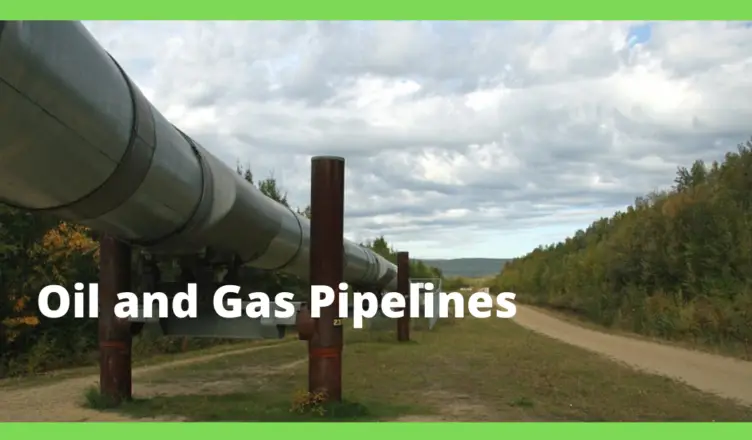Oil and gas pipelines projects have the essential task of transporting fuel commodities over long distances around the world.
In the oil and gas industry, pipelines exist to transport crude oil, natural gas and other petroleum products.
They are recognized as the safest, cost-effective and environment-friendly way to transport oil and gas.
The transportation of oil and gas over long distances around the world can be a challenging endeavour.
Pipeline projects have become relied upon by oil and gas firms to ensure valuable commodities arrive safely at their intended destination. In Kenya, the planning for the construction of the Lokichar-Lamu crude oil pipeline is in early stages.
The biggest pipelines can stretch for thousands of kilometers at a time, spanning continents, crossing international borders and even under the sea to carry their fuel loads to new markets and customers around the world.
Major Oil and Gas Pipelines in the World
Druzhba Oil and Gas Pipelines
The Druzhba pipeline carries oil 4,000km from eastern Russia to destinations in Ukraine, Belarus, Poland, Hungary, Slovakia, the Czech Republic and Germany.
Construction began in 1960 and came into operation in 1964, at a total cost of around $5.92m.
It is capable of transporting between 1.2 million and 1.4 million barrels of oil per day, and incorporates 20 pumping stations along its route.
Work is currently underway to extend sections of the pipeline between Belarus and Poland.
West–East Gas Pipeline
The first phase of the natural gas pipeline that runs between the east and west of China began its trial run in October 2004, before entering into commercial operations the following year.
PetroChina West–East Gas Pipeline Company, a subsidiary of PetroChina, owns and operates the 4,000km pipeline which runs from Lunnan in Xinjiang to Shanghai.
Overall, the West–East Gas Pipeline Project (WEPP) involves construction of four pipelines that will connect Tarim Basin in Xinjiang Autonomous Region and Turkmenistan with the Yangtze Delta and Pearl Delta regions.
Construction on the second pipeline (WEPP II) started in February 2008 and was completed in December 2012. The WEPP III was completed in August 2014, while WEPP IV remains in the planning stage.
Oil and Gas Pipeline – Yamal-Europe Pipeline
The 4,107km natural gas pipeline runs across four countries including Russia, Belarus, Poland and Germany.
While the planning for the pipeline started in 1992, Russia, Belarus and Poland signed intergovernmental agreements for it in 1993.
In Russia, the pipeline is 402km long and begins at the Torzhok gas transmission hub and receives gas from the Northern Tyumen Regions-Torzhok gas pipeline.
While it is 575km-long in Belarus, the Polish section of the pipeline measures 683km-long.
The Russian section of the pipeline is owned and operated by Gazprom.
Conclusion
In conclusion, you should know that by 2014, there were an estimated 3.5 million kilometres of oil and gas pipelines weaving their way across the globe.
In October 2019, lawmakers in Denmark approved for a new pipeline under construction to pass through the country, clearing the final obstacle to a major new 1,230km gas pipeline, Nord Stream 2, that will move natural gas from Russia to Germany.
